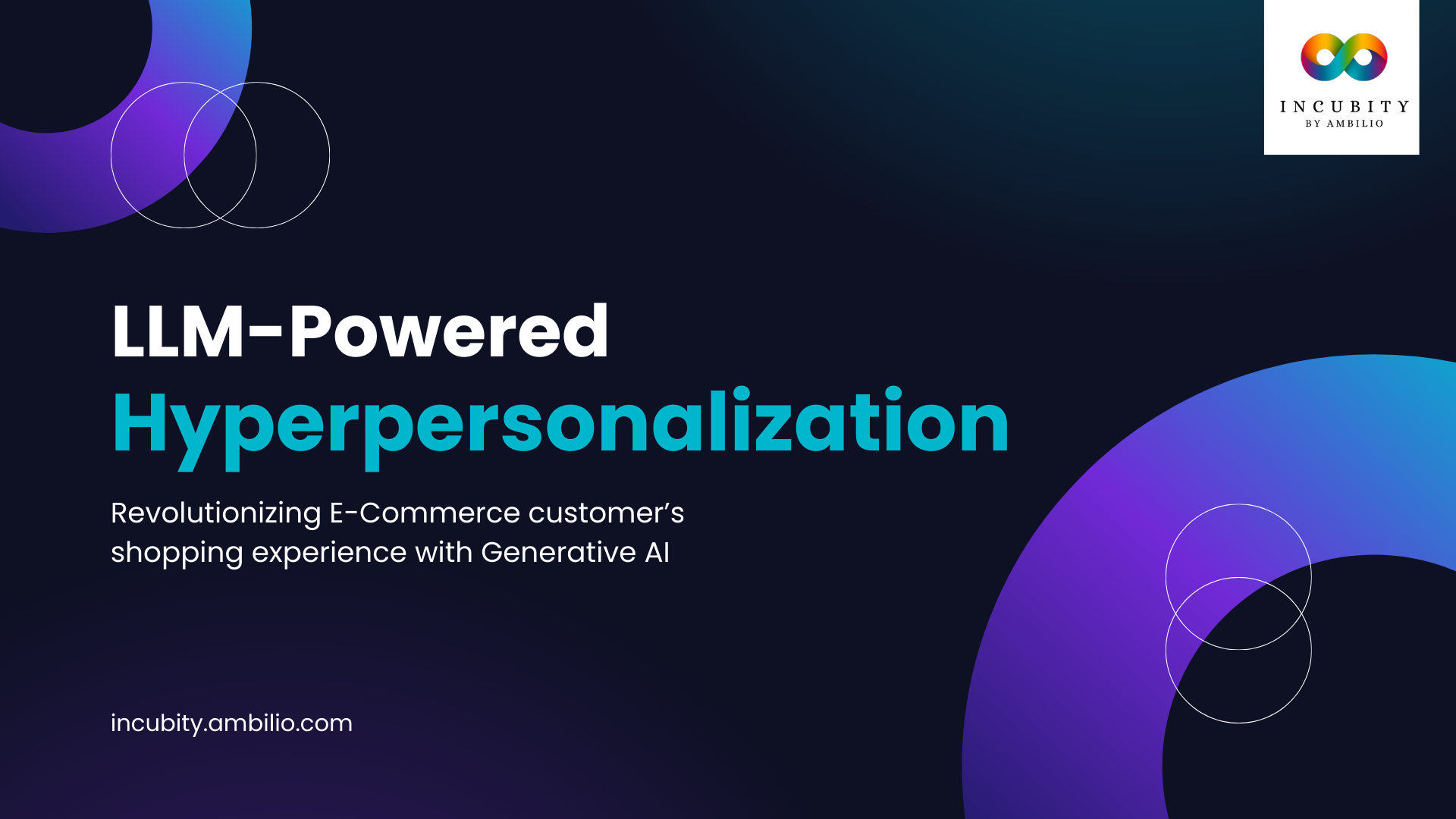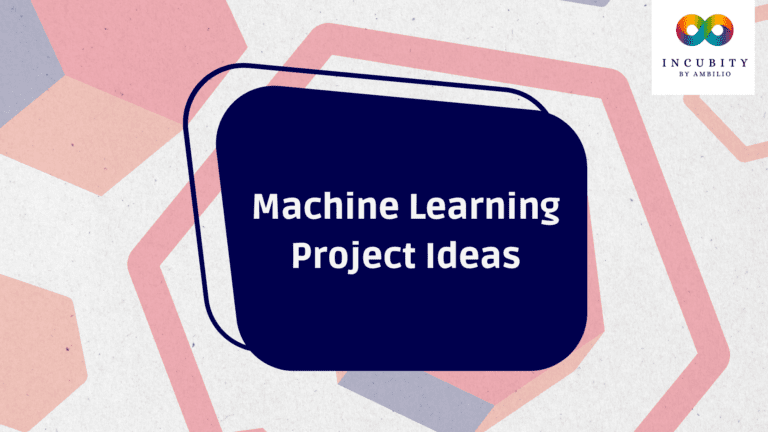In the ever-evolving landscape of e-commerce, businesses are constantly seeking innovative ways to enhance customer experience and drive sales. One such groundbreaking approach is hyperpersonalization, which leverages advanced technologies like Large Language Models (LLMs) to tailor the shopping journey to individual preferences and needs. In this article, we delve into the concept of hyperpersonalization in e-commerce with LLMs and explore how LLMs are revolutionizing the online shopping experience.
Understanding Hyperpersonalization
Hyperpersonalization goes beyond traditional personalization techniques by delivering highly customized shopping experiences based on individual preferences, behaviors, and past interactions. It involves analyzing vast amounts of data to gain insights into customer preferences and then using this information to provide relevant product recommendations, personalized content, and tailored interactions.
The Role of Large Language Models
Large Language Models, such as OpenAI’s GPT-3, are at the forefront of hyperpersonalization in e-commerce. These models possess the ability to understand and generate human-like text, making them ideal for interpreting customer queries, analyzing preferences, and generating personalized responses.
How It Works – Hyperpersonalization in E-commerce with LLMs?
- User Interaction: The hyperpersonalization journey begins when a user interacts with an e-commerce platform, whether it’s through a website, mobile app, or chatbot. Users may express their preferences, browse products, or ask questions about specific items.
- Data Collection: As users interact with the platform, their actions, preferences, and behaviors are collected and analyzed. This data includes past purchases, search history, product views, demographic information, and even social media activity.
- LLM Processing: Large Language Models come into play by processing the collected data and understanding user intent through natural language processing (NLP) techniques. These models can analyze textual inputs, infer user preferences, and generate personalized recommendations in real-time.
- Personalized Recommendations: Based on the insights derived from user data and LLM analysis, the e-commerce platform delivers personalized product recommendations tailored to each individual user. These recommendations may appear as suggested products, targeted promotions, or personalized messages.
- Dynamic Content Generation: LLMs can also generate dynamic content such as product descriptions, reviews, and marketing messages customized to match the user’s preferences and interests. This ensures that every interaction with the platform feels personalized and relevant to the user.
Benefits of Hyperpersonalization with LLMs
- Enhanced Customer Experience: By offering personalized recommendations and tailored interactions, hyperpersonalization with LLMs creates a more engaging and satisfying shopping experience for customers.
- Improved Conversion Rates: Personalized recommendations increase the likelihood of conversion as customers are presented with products that align with their interests and preferences, leading to higher sales and revenue for businesses.
- Reduced Decision Fatigue: With the abundance of choices available online, customers often experience decision fatigue when trying to find the right product. Hyperpersonalization streamlines the decision-making process by presenting users with relevant options, thereby reducing cognitive load and making shopping more enjoyable.
- Increased Customer Loyalty: When customers feel understood and catered to on a personal level, they are more likely to develop a sense of loyalty towards the brand. Hyperpersonalization fosters stronger connections between customers and businesses, leading to repeat purchases and long-term loyalty.
- Data-Driven Insights: Beyond enhancing the customer experience, hyperpersonalization generates valuable insights for businesses. By analyzing user interactions and preferences, companies gain deeper insights into customer behavior, market trends, and product performance, enabling them to make informed decisions and refine their strategies.
Challenges and Considerations
While hyperpersonalization with LLMs offers significant benefits, it also poses certain challenges and considerations. These include:
- Data Privacy: Collecting and analyzing large amounts of user data raises concerns about privacy and data security. It’s essential for businesses to prioritize data protection and comply with regulations such as GDPR to ensure the trust and confidence of their customers.
- Bias and Fairness: LLMs may inadvertently perpetuate biases present in the training data, leading to unfair or discriminatory outcomes. It’s crucial for businesses to mitigate bias through responsible AI practices and ongoing monitoring and evaluation of model performance.
- Algorithmic Transparency: Understanding how LLMs arrive at their recommendations is essential for building trust with users. Businesses should strive for transparency in their algorithms and provide users with visibility into the factors influencing personalized recommendations.
- Scalability and Infrastructure: Implementing hyperpersonalization with LLMs requires robust infrastructure and scalable systems capable of handling large volumes of data and computational resources. Businesses need to invest in technology and expertise to support the deployment and maintenance of LLM-based solutions.
Conclusion
Hyperpersonalization in e-commerce with Large Language Models represents a paradigm shift in how businesses engage with customers online. By harnessing the power of advanced AI technologies, companies can deliver truly personalized shopping experiences that drive customer satisfaction, loyalty, and revenue. However, success in hyperpersonalization requires a careful balance of leveraging data insights while respecting user privacy and ensuring fairness and transparency in algorithmic decision-making. As e-commerce continues to evolve, hyperpersonalization with LLMs will play an increasingly pivotal role in shaping the future of online shopping.







